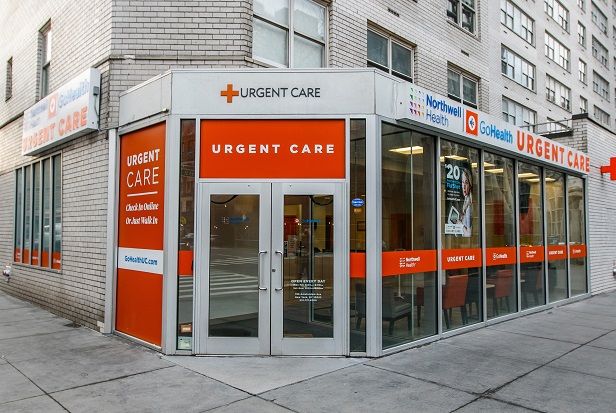In the age of the coronavirus and until the curve flattens, there will temporarily be less demand for medical retail outpatient settings. Guidance from state and local governments indicating when healthcare workers can resume non-essential, non-emergency services will dictate the pace of short-term demand.
"However, we are currently still moving forward with several urgent care clinic leases at this time. Because of the quickly evolving nature of the situation, more time is necessary to speculate on any long-term impacts," says Garth Hogan, executive managing director of Healthcare for Newmark Knight Frank.
"From a single tenant net lease perspective, medical tenants continue to prefer to locate near the strongest retail thoroughfares and capture the highest foot traffic from local customer bases. In the current environment, there is a brief pause in site acquisitions, but the trend for more medical tenants looking for opportunities to re-position previous outparcel locations should continue," says Matt Berres, executive managing director at NKF.
Looking Ahead
As healthcare strategists utilize much of the same mapping and demographic technology that many retail tenants use, they continue to seek out the best physical locations to support their long-term strategies. The market is seeing a brief slowdown in real estate decisions as the healthcare industry addresses the current demand for beds, equipment and staff; however demand for medical retail space should regain its strength later in 2020, Hogan tells GlobeSt.com.
Medical retail tenants, from a net lease perspective, are actively looking for build-to-suit development sites for stand-alone locations throughout the country given the ease of access and direct impact to the customer base.
"Existing free-standing properties currently occupied by retailers impacted by the economic situation that become vacant may be absorbed by medical retailers given the current increased demand for healthcare services," concludes Berres.
© Touchpoint Markets, All Rights Reserved. Request academic re-use from www.copyright.com. All other uses, submit a request to [email protected]. For more inforrmation visit Asset & Logo Licensing.







